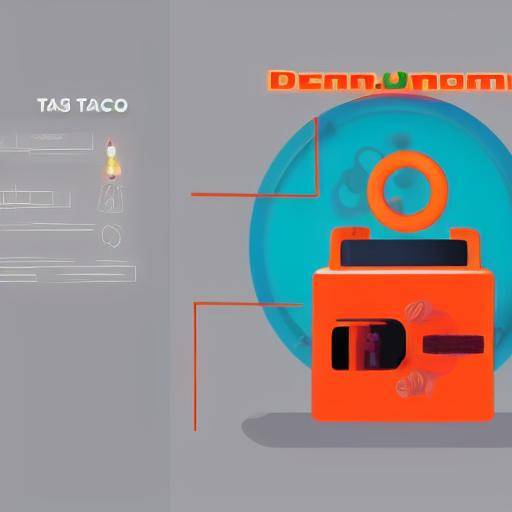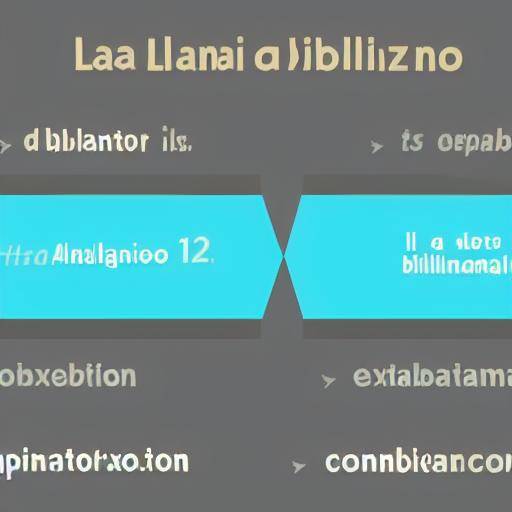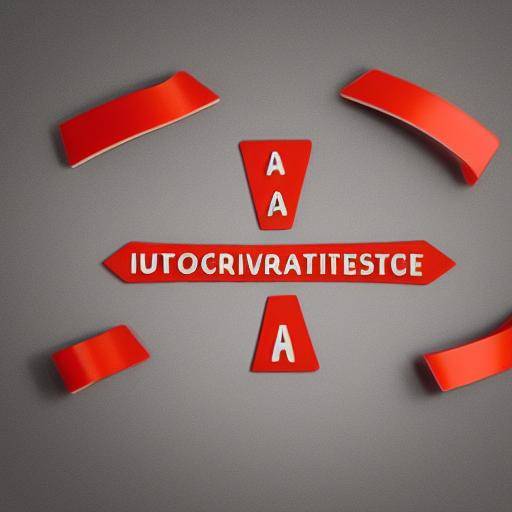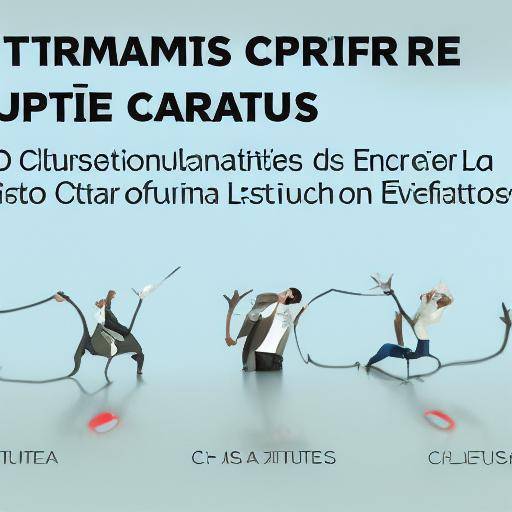
Introduction
Have you ever felt the day slipping away from your hands? Have you been overwhelmed by an endless list of tasks? In today's society, time management has become a challenge. It is in this context that the Pomodoro technique has gained popularity as an effective way of maximizing personal productivity. In this article, we will explore in detail how to use the Pomodoro technique to structure your day, also addressing the daily organization and time management. You will discover its origins, benefits, applications, comparisons with other techniques and practical tips to implement it in your daily life.
History and Background
The Pomodoro technique, developed by Francesco Cirillo in the late 1980s, has revolutionized the way people approach and manage their daily tasks. Inspired by a tomato-shaped cooking timer ("pomodoro" in Italian), this technique is based on dividing the work into concentrated time blocks, usually of 25 minutes, followed by short breaks. Cirillo's initial approach was to improve time management and increase personal productivity, and over time, the technique has evolved and adapted to the changing needs of individuals in a constantly changing working environment.
Detailed Analysis
Benefits and Challenges of Pomodoro Technique
The Pomodoro technique offers a number of benefits, including improving concentration and time management, reducing mental exhaustion and promoting efficiency. However, some challenges include adaptation to a new work approach and the need to be disciplined in tracking intervals.
Current Relevance and Statistics
In a context of constant distractions and multitasking demands, the Pomodoro technique has become a powerful tool to increase productivity and well-being at work. Recent statistics show an increase in their adoption by professionals from different industries, backed by their demonstrated effectiveness in numerous studies.
Comprehensive review
Applications and Best Practices
The Pomodoro technique has been successfully implemented in working environments, academics and even in everyday life. Its versatility and simplicity make it an attractive choice for busy professionals, students and entrepreneurs. Best practices have been identified to optimize their use, such as the customization of work and rest intervals according to individual preferences.
Comparison with Other Time Management and Organization Techniques
Although the Pomodoro technique has proven to be effective in many cases, it is important to consider that each person has a unique nature, so certain alternatives such as daily organization and other time management techniques can also be relevant. Understanding the differences and similarities between these techniques is essential to select the one that best suits individual needs.
Practical Tips and Recommendations
Successful implementation of Pomodoro Technique
By incorporating the Pomodoro technique into your daily routine, it is crucial to establish an enabling environment for its effective application. Aspects such as the choice of time tracking tools, the minimization of distractions and the proper planning of tasks can make a big difference in their success.
Councils for the Daily Organization and Time Management
In addition to Pomodoro, there are numerous strategies and practices that can complement and improve time management, such as prioritizing tasks, setting realistic goals and creating an efficient working environment.
Conclusions and FAQs
Conclusions
The Pomodoro technique has proven to be a valuable tool for effective time management and increased personal productivity. Its structured and intervening approach offers tangible benefits for those seeking to optimize their performance. By understanding its origin, benefits and applications, as well as its comparison with other techniques, you will be better equipped to effectively integrate it into your daily life.
FAQs
1. Can I adapt the Pomodoro technique to my specific needs?
Yes, the Pomodoro technique is highly customizable. You can adjust the length of work and rest intervals according to your preferences and individual needs.
2. Is the Pomodoro technique suitable for all types of tasks?
While the Pomodoro technique is widely applicable, some tasks that require long periods of uninterrupted concentration can present challenges for implementation. It is important to adapt it according to the nature of your activities.
3. What tools can I use to track Pomodoro intervals?
There are numerous online applications and tools specifically designed to follow the Pomodoro technique, which facilitates its implementation and monitoring.
4. How long should I spend on pauses between each Pomodoro interval?
The traditional approach suggests short breaks of 5 minutes after each 25-minute work interval. However, you can adjust the duration of the breaks according to your comfort and level of concentration.
5. What is the origin of the name "Pomodoro" for this technique?
The name "Pomodoro" comes from a tomato-shaped kitchen timer, which was the device initially used by Francesco Cirillo to develop and perfect the technique.
6. What other complementary approaches can I use along with Pomodoro technique?
In addition to the Pomodoro technique, other time and organization management methods, such as the Eisenhower matrix or the GTD technique (Getting Things Done), can be effectively combined to maximize personal productivity.
With the information and recommendations provided in this article, we hope to have given you a clear understanding of Pomodoro technique and how you can transform your daily approach to time and productivity management. By incorporating these knowledge, you will be better prepared to achieve your goals with efficiency and focus.






















































